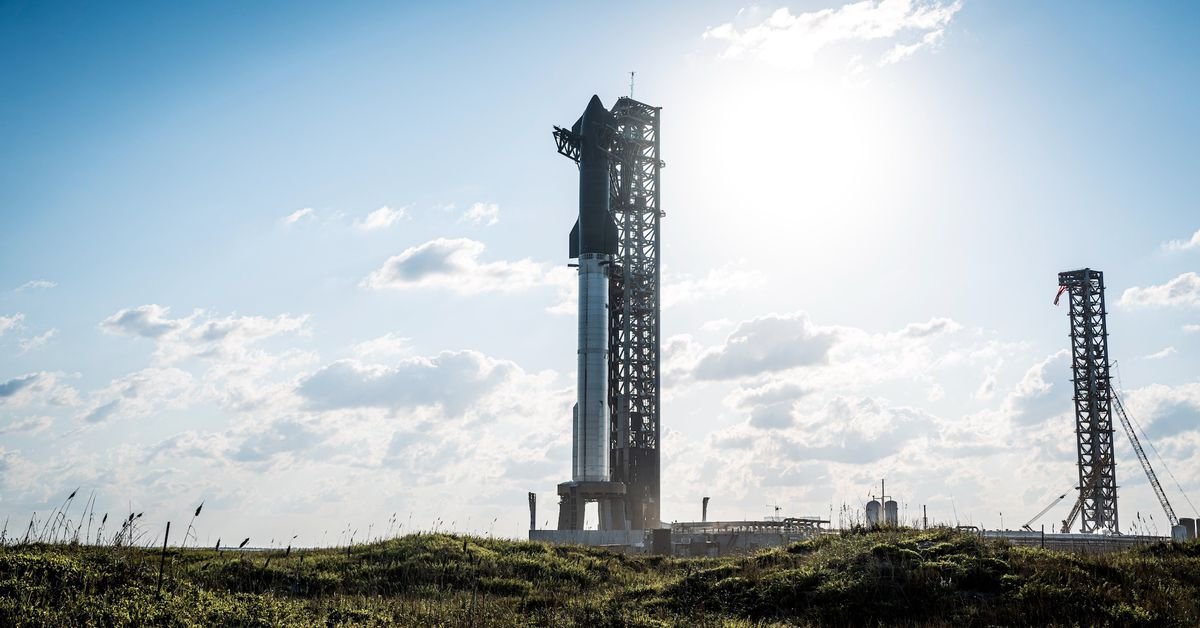[ad_1]
SpaceX plans to launch Starship for the fifth time tomorrow, October 13th, during a 30-minute launch window that opens at 8AM ET. That’s after the Federal Aviation Administration (FAA) declared today that the company has “met all safety, environmental and other licensing requirements for the suborbital test flight,” reports Reuters.
The company will livestream the launch, starting about 35 minutes before liftoff. You can catch that on SpaceX’s website or its X account, as well as in the X TV app.
SpaceX’s goal for tomorrow’s flight is to return the Super Heavy booster to its launch site, which hasn’t happened before. It’s shooting for another successful splashdown of Starship in the Indian Ocean, which it pulled off for the first time in its fourth flight test in June.
The FAA’s clearance wasn’t anticipated until November, but the agency and its partner “conducted assessments more quickly than anticipated,” as CNBC reported yesterday. In addition to tomorrow’s planned launch, Reuters writes that the FAA “also approved the Starship 6 mission profile.”
[ad_2]
Source link





